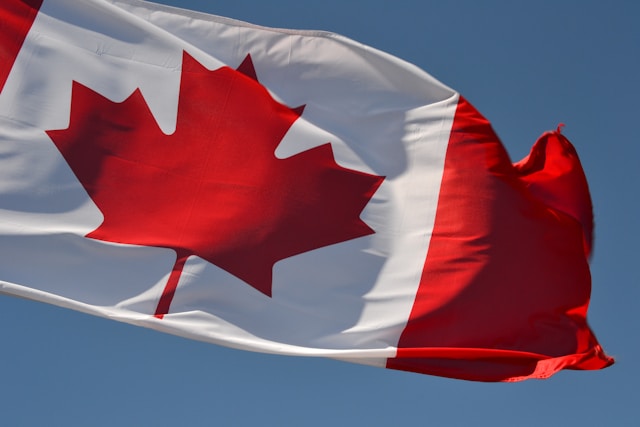The daily itinerary of a federal party leader during an election campaign often resembles a meticulously planned military operation, yet tracking their movements can feel akin to a national game of Where’s Waldo. Pinpointing their location on any given day, such as a hypothetical Saturday like April 19th, offers a glimpse into the complex machinery of modern election strategy. It is less about the simple fact of presence, and more about the calculated reasoning behind each stop. Understanding where leaders choose to spend their finite time and resources reveals the underlying priorities and perceived battlegrounds of the campaign.
The ‘Who’ in this equation are, ostensibly, the leaders of Canada’s major federal parties. However, the decisions about their movements involve a much larger cast: campaign managers, strategists, pollsters, and communications teams all contribute to the choreography. These individuals analyze data, assess risks, and ultimately dictate the schedule. Their objective is singular: to deploy the party’s most visible asset – the leader – in a manner that maximizes electoral gain. The leader becomes both the messenger and the message, their physical presence intended to galvanize support and sway opinion.
What unfolds daily is a carefully curated series of leader appearances. These range from large rallies designed to energize the party faithful and generate media coverage, to smaller, more intimate events targeting specific demographics or addressing local concerns. Announcements are often staged in locations symbolically linked to the policy being unveiled. The ‘What’ is therefore not merely travel, but strategic performance. Each handshake, speech, and factory tour is a calculated element within the broader election strategy, designed to project competence, empathy, or strength, depending on the context and the audience.
The ‘When’ of these visits is critical. Early campaign stops might focus on shoring up the party base or making significant policy announcements. As election day nears, the focus invariably shifts. Campaign travel becomes more frantic, concentrating on areas where the contest is tightest – the crucial swing ridings. The timing is also dictated by media cycles, aiming for maximum exposure in evening news broadcasts or morning papers. A visit’s timing reflects the campaign’s evolving assessment of its strengths, weaknesses, and opportunities.
‘Where’ leaders appear speaks volumes about political geography and electoral calculation. Visits are rarely random. They concentrate on several key types of locations. Swing ridings, those constituencies won by narrow margins in previous elections, are prime targets, as securing them can tip the balance of power. Leaders also visit perceived strongholds to rally their base and ensure turnout. Occasionally, they venture into opponent’s territory, seeking to demonstrate momentum or challenge the incumbent. Major urban centres guarantee significant media attention, while visits to specific regions might aim to address unique economic or social issues. Finding the leader requires understanding this map of strategic priorities.
Ultimately, the ‘Why’ boils down to the relentless pursuit of votes and power. Every stop in the campaign travel schedule is underpinned by election strategy. Leaders appear where they believe their presence can make the most difference – persuading undecided voters, mobilizing supporters, generating positive press, or fundraising. It is an exercise in resource allocation, where time is the most precious commodity. The seemingly chaotic travel schedule is, in fact, a rational, if sometimes opaque, response to polling data, demographic analysis, and the perceived path to victory. The political landscape is constantly shifting, and the leader’s itinerary must adapt accordingly, making the task of following them a continuous exercise in strategic interpretation, much like searching for that familiar striped shirt in a crowded scene.
References:
Canada federal election 2025: Where the leaders are on Saturday, April 19

